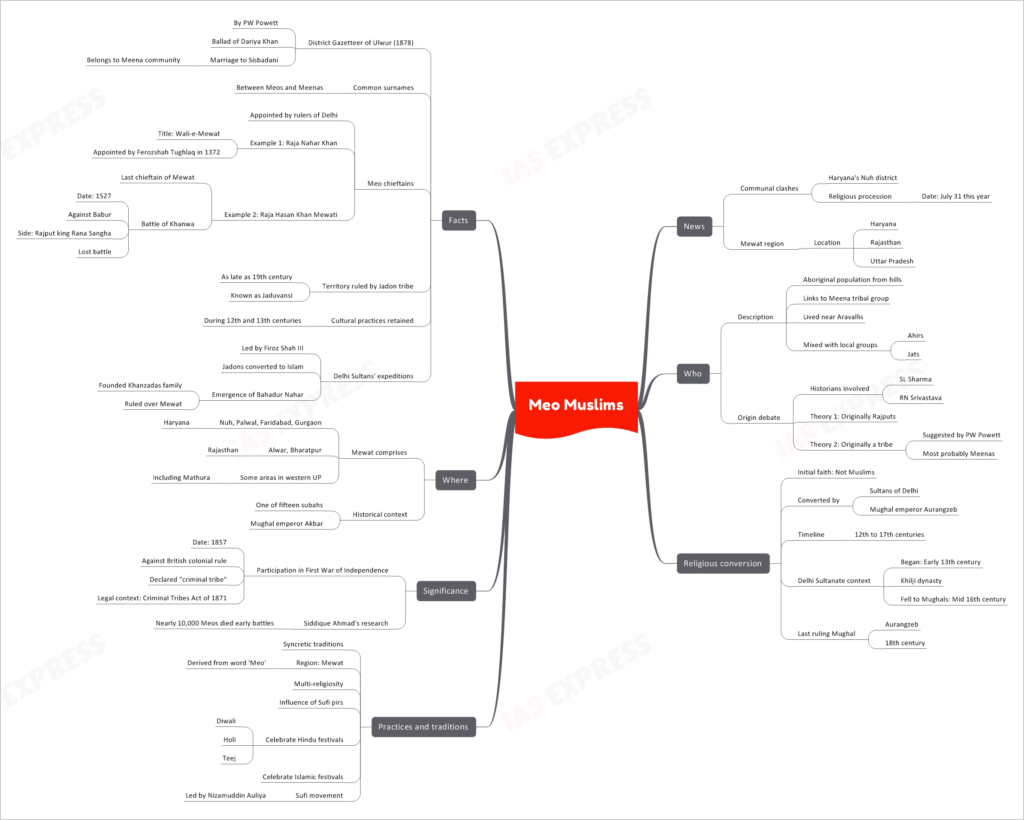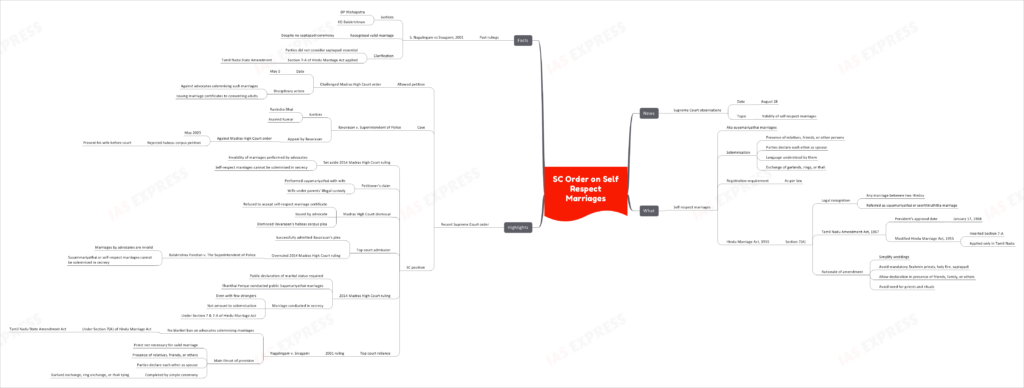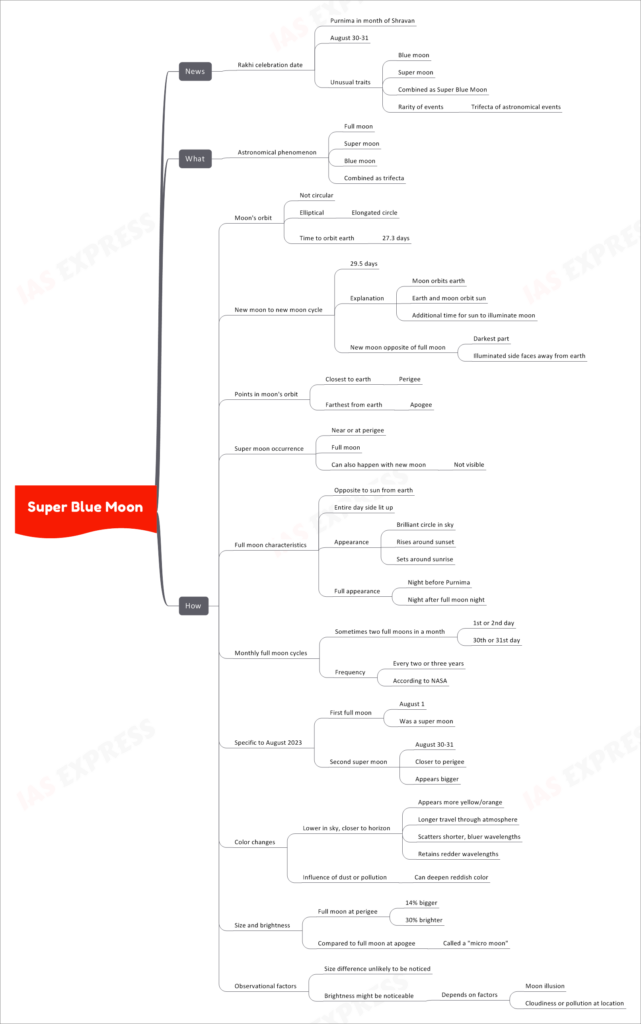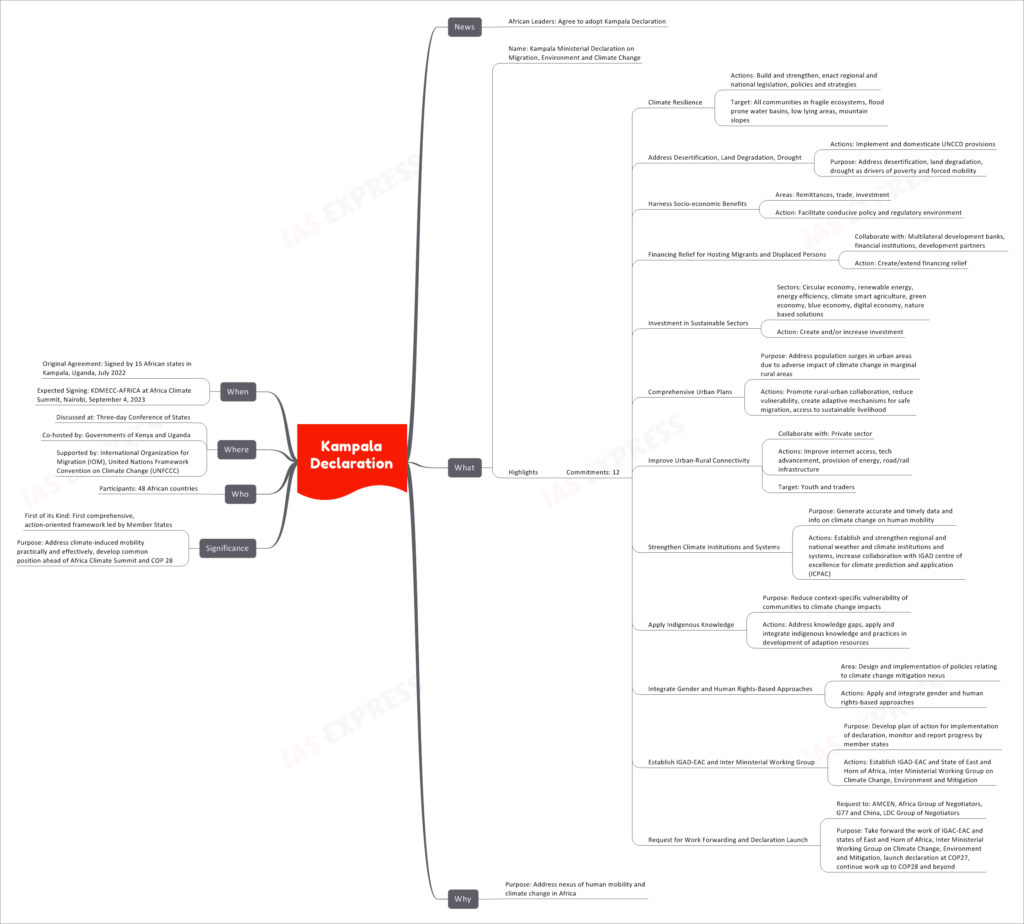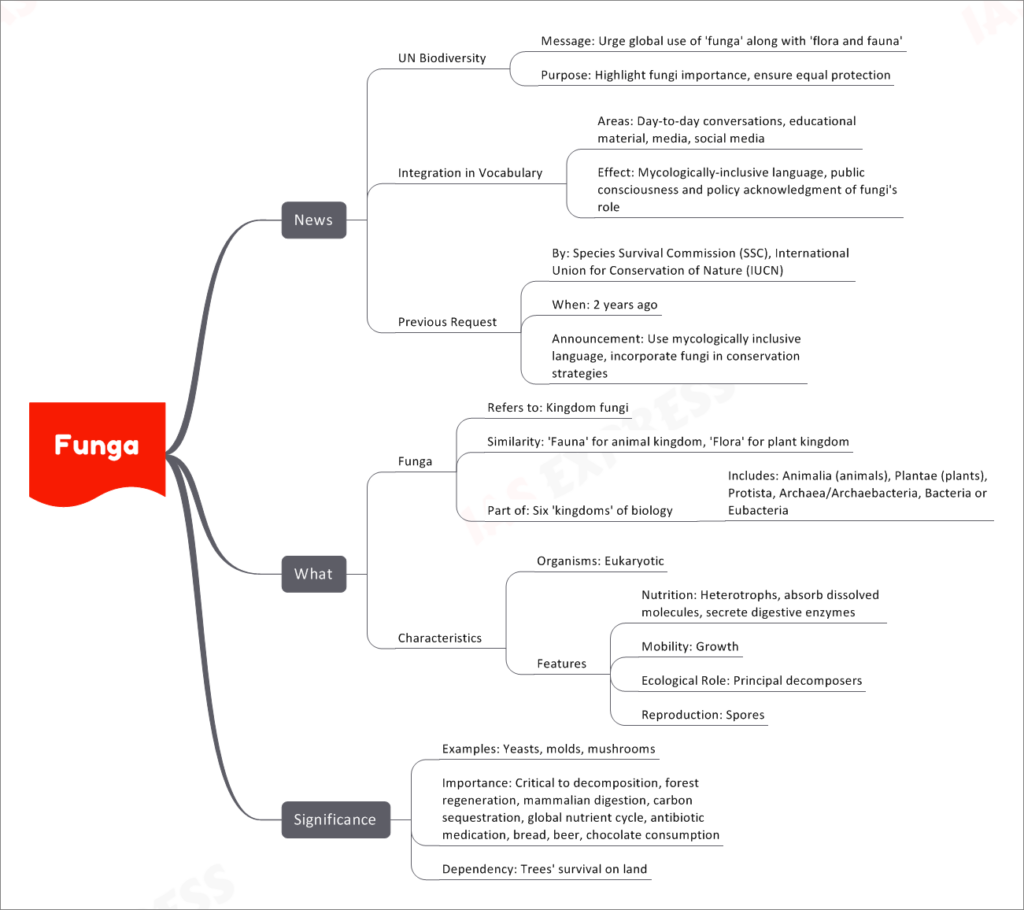[Newsbits] 31.08.2023

Meo Muslims
Recent communal clashes in Haryana's Nuh district have brought the spotlight back on the Meo Muslims, a community with a rich history and intricate cultural fabric. Originating from the Mewat region, which spans across Haryana, Rajasthan, and parts of Uttar Pradesh, the Meos have a unique identity shaped by their historical roots and religious evolution.
Historical Origins and Religious Conversion
The Meos, often associated with the hills and indigenous populations, have historical ties to the Meena tribal group. The debate over their origin includes theories suggesting that they were originally Rajputs or a tribe closely linked to the Meenas. This community underwent religious conversion from their initial faith to Islam between the 12th and 17th centuries. The process of conversion was influenced by the Delhi Sultanate rulers and Mughal emperor Aurangzeb.
Cultural Syncretism and Practices
The Meos are known for their syncretic traditions and cultural practices that celebrate their multi-religiosity. Residing in the Mewat region, their name is derived from 'Meo,' reflecting their deep connection to the area. The influence of Sufi pirs and the Sufi movement, led by figures like Nizamuddin Auliya, has shaped their spiritual practices. Interestingly, the Meos participate in both Hindu and Islamic festivals, embodying their unique cultural blend.
Historical Significance and Contributions
The Meos have played a significant role in history, notably during the First War of Independence in 1857 against British colonial rule. Their participation marked a defiance against oppression and their declaration as a "criminal tribe" under the Criminal Tribes Act of 1871. Siddique Ahmad's research sheds light on their contribution, with nearly 10,000 Meos dying in the early battles of the movement.
Geographical Spread and Historical Context
The Mewat region, encompassing areas in Haryana, Rajasthan, and western Uttar Pradesh, is home to the Meos. Historical records date back to Mughal emperor Akbar's time when Mewat was one of the subahs. This region has seen the rise and fall of various dynasties, tribes, and rulers, including the Jadon tribe who once ruled the territory.
Cultural Continuity and Legacy
Despite the passage of time, the Meos have retained cultural practices that trace back to the 12th and 13th centuries. Their connection to the land and history is reflected in their way of life, as well as in the stories passed down through generations. Notably, the Delhi Sultans' expeditions led to the conversion of the Jadons to Islam, with the emergence of Bahadur Nahar and the founding of the Khanzadas family, who ruled over Mewat.
SC Order on ‘Self Respect’ Marriages
In a recent development on August 28, the Supreme Court of India made significant observations regarding the validity of 'self respect' marriages, also known as suyamariyathai marriages. This ruling addresses the legal recognition and procedures surrounding these unique unions.
Understanding 'Self Respect' Marriages
Defining Self Respect Marriages
- Alternate Name: These marriages are often referred to as suyamariyathai marriages.
- Ceremony: The solemnization of these unions involves the presence of relatives, friends, or other individuals.
- Declaration: The parties involved declare each other as spouses in a language understood by them.
- Symbolism: The ceremony includes the exchange of garlands, rings, or thali, symbolizing their commitment.
Legal Framework
- Registration Requirement: These marriages are required to be registered as per the law.
- Hindu Marriage Act, 1955: This act includes Section 7(A), which provides legal recognition for such marriages.
- Tamil Nadu Amendment Act, 1967: This amendment inserted Section 7-A into the Hindu Marriage Act, applicable exclusively in Tamil Nadu.
- Rationale Behind the Amendment: The amendment aimed to simplify weddings, eliminate the necessity for mandatory Brahmin priests and rituals like the holy fire and saptapadi, and allow declarations in the presence of friends, family, or others, thus avoiding the need for priests and elaborate rituals.
Highlights of the Recent Supreme Court Order
- The Supreme Court allowed a petition that challenged a Madras High Court order dated May 5, which imposed disciplinary actions against advocates solemnizing such marriages and issuing marriage certificates to consenting adults.
- The case, titled "Ilavarasan v. Superintendent of Police," reached the Supreme Court with Justices Ravindra Bhat and Aravind Kumar presiding.
- The appeal was filed by Ilavarasan against the Madras High Court's order that rejected his habeas corpus petition, urging him to present his wife before the court.
Supreme Court's Position
- The Supreme Court set aside a 2014 Madras High Court ruling that deemed marriages performed by advocates as invalid and that self-respect marriages cannot be solemnized in secrecy.
- The petitioner, Ilavarasan, claimed that he had performed suyamariyathai with his wife, who was under her parents' illegal custody.
- The Madras High Court refused to accept the self-respect marriage certificate issued by an advocate and dismissed Ilavarasan's habeas corpus plea.
- The Supreme Court overruled the 2014 Madras High Court ruling, emphasizing that self-respect marriages can be solemnized without secrecy.
Legal Precedents and Reliance
- The Supreme Court relied on a 2001 ruling, "Nagalingam v. Sivagami," which clarified that there is no blanket ban on advocates solemnizing marriages under Section 7(A) of the Hindu Marriage Act, considering the Tamil Nadu State Amendment Act.
- The main thrust of the provision is that a priest is not necessary for a valid marriage. The presence of relatives, friends, or others, along with the parties' declaration of each other as spouses, completes the ceremony. Symbolic rituals such as garland and ring exchanges or thali tying suffice.
Super Blue Moon
The date of Rakhi celebration holds a special place in the month of Shravan, falling on August 30-31. This year, the Rakhi festivities are accompanied by a celestial spectacle known as the Super Blue Moon, a trifecta of unique astronomical events that combine to create a captivating and rare phenomenon.
Understanding the Phenomenon
- Intricate Combination: The Super Blue Moon is a distinctive amalgamation of three extraordinary lunar occurrences – a full moon, a super moon, and a blue moon.
The Moon's Orbit
- The Orbit's Nature: The moon's orbit around the Earth is not a perfect circle; it is elliptical, resembling a slightly elongated circle.
- Duration of Orbit: The moon takes approximately 27.3 days to complete one orbit around the Earth.
Decoding the Lunar Cycle
- New Moon to New Moon: The lunar cycle spans about 29.5 days, during which the moon orbits the Earth and the Earth orbits the Sun.
- The Explanation: The additional time taken for the Sun's illumination to reach the moon causes the appearance of the moon to change over this cycle.
- Opposite Phases: The new moon, the opposite phase of the full moon, presents the darkest side, with the illuminated face turned away from Earth.
Key Points in the Moon's Journey
- Closest Proximity: The point in the moon's orbit closest to the Earth is called the perigee.
- Farthest Reach: The farthest point from Earth is known as the apogee.
Unveiling the Super Moon
- Super Moon's Occurrence: A super moon occurs when the moon is at or near its perigee during a full moon.
- Not Limited to Full Moons: The super moon phenomenon can also take place during a new moon, although it remains invisible from our vantage point.
The Characteristics of the Full Moon
- Positioning Opposite to the Sun: A full moon occurs when the moon is positioned opposite to the Sun as observed from Earth.
- Illumination of the Entire Day Side: The full moon lights up the entirety of its day side.
- Striking Appearance: It presents a brilliant circular appearance in the night sky, rising around sunset and setting around sunrise.
- Full Appearance Beyond Purnima: The full moon is visible on the night before Purnima and the night after the full moon night.
Monthly Variations and Uncommon Occurrences
- Occasional Dual Full Moons: Sometimes, two full moons occur within a single month, typically on the 1st or 2nd day and the 30th or 31st day.
- Frequency: Such instances, termed blue moons, happen every two to three years, according to NASA.
- August 2023's Uniqueness: The year 2023 witnessed a distinctive August, with two super moons - one on August 1 and another on August 30-31, which is closer to the perigee, appearing larger in the sky.
Unveiling Color Changes and Size-Brightness Variations
- Shifting Colors: When the moon is lower in the sky, closer to the horizon, it appears more yellow or orange due to longer travel through the Earth's atmosphere.
- Influence of Dust and Pollution: Dust or pollution can intensify this reddish hue.
- Size and Brightness: A full moon at perigee appears approximately 14% bigger and shines about 30% brighter than its counterpart at apogee, which is called a "micro moon."
Observational Nuances
- Size Perception: The difference in size between the two moon positions is unlikely to be distinctly noticeable to the naked eye.
- Brightness Observation: The brightness might be more noticeable, contingent on factors like the moon illusion, cloudiness, or pollution at a specific location.
Kampala Declaration
A significant stride in the realm of climate action unfolds as African leaders unanimously adopt the Kampala Declaration. This historic decision is poised to revolutionize climate discourse by recognizing the intricate link between human mobility and climate change, particularly in the African context.
The Essence of the Kampala Declaration
Understanding the Declaration
- Official Name: The Kampala Ministerial Declaration on Migration, Environment, and Climate Change (KDMECC-AFRICA).
- Core Focus: This declaration encapsulates twelve fundamental commitments, outlining a comprehensive framework to address the intertwined challenges of climate-induced migration, environmental vulnerabilities, and their repercussions.
Crucial Commitments
- Climate Resilience: Pledge to build and fortify climate resilience through regional and national legislation, targeting communities in fragile ecosystems, flood-prone water basins, low-lying areas, and mountain slopes.
- Addressing Desertification, Land Degradation, and Drought: Commit to implementing and adopting provisions of the United Nations Convention to Combat Desertification (UNCCD), aiming to mitigate these drivers of poverty and forced mobility.
- Socio-economic Harnessing: Recognize the potential in areas such as remittances, trade, and investment, and vow to create a conducive policy environment to harness socio-economic benefits.
- Financing Relief for Hosting Migrants and Displaced Persons: Collaborate with multilateral development banks, financial institutions, and development partners to extend financing relief for hosting migrants and displaced individuals.
- Investment in Sustainable Sectors: Pledge to create and augment investments in sustainable sectors encompassing circular economy, renewable energy, climate-smart agriculture, and more.
- Comprehensive Urban Plans: Endeavor to address population surges in urban areas due to climate change impacts on marginal rural regions by promoting rural-urban collaboration and adaptive mechanisms.
- Urban-Rural Connectivity: Collaborate with the private sector to improve internet access, technological advancement, energy provision, and infrastructure for improved urban-rural connectivity, primarily benefiting youth and traders.
- Strengthening Climate Institutions and Systems: Focus on generating accurate climate data by establishing and reinforcing regional and national weather and climate institutions and collaboration with IGAD center of excellence for climate prediction and application (ICPAC).
- Applying Indigenous Knowledge: Recognize the importance of indigenous knowledge in reducing community vulnerabilities to climate change impacts and integrate these practices into adaptation resource development.
- Gender and Human Rights Integration: Apply gender and human rights-based approaches in the design and implementation of policies relating to the climate change mitigation nexus.
- Establishing IGAD-EAC and Inter-Ministerial Working Group: Commit to forming a strategic framework to monitor and report the implementation of the declaration, promoting cross-regional cooperation.
- Forwarding Work and Declaration Launch: Urge key entities to carry forward the work of the IGAD-EAC and States of East and Horn of Africa, Inter-Ministerial Working Group, culminating in the launch of the declaration at COP27, continuing through COP28 and beyond.
The Underlying Purpose
- Core Objective: The Kampala Declaration signifies the concerted effort to tackle the intricate relationship between human mobility and climate change, a pressing concern in the African context.
Unprecedented Significance
- First of its Kind: This declaration stands as a pioneering comprehensive and action-oriented framework, driven by member states.
- Integral Purpose: The framework aspires to practically and effectively address climate-induced mobility, establish a unified position ahead of the Africa Climate Summit, and contribute to the upcoming COP28.
Involvement of African Nations
- Participants: A total of 48 African countries actively participated in shaping and adopting the Kampala Declaration.
Venue and Support
- Discussion Platform: The declaration was deliberated upon at a three-day Conference of States, co-hosted by the governments of Kenya and Uganda.
- Support: This initiative garnered support from the International Organization for Migration (IOM) and the United Nations Framework Convention on Climate Change (UNFCCC).
Temporal Context
- Origins: The journey of the Kampala Declaration began with the original agreement signed by 15 African states in Kampala, Uganda, in July 2022.
- Upcoming Milestone: The anticipated formal signing of the KDMECC-AFRICA is set to take place at the Africa Climate Summit in Nairobi on September 4, 2023.
Funga
Recent news from the UN Biodiversity front highlights the call for global recognition of 'funga' alongside 'flora and fauna.' This initiative aims to underscore the significance of fungi and ensure their equal protection in the realm of biodiversity conservation.
Unveiling Funga's Role: From Language to Ecosystems
Integration in Everyday Language
- Application Areas: The call for incorporating 'funga' in day-to-day conversations, educational material, media, and social media.
- Impact: This fosters mycologically-inclusive language, raising public awareness and enabling policy acknowledgment of fungi's pivotal role.
Past Appeal for Inclusion
- Initiated by: The Species Survival Commission (SSC) of the International Union for Conservation of Nature (IUCN).
- Timeline: This appeal was made two years ago, urging the incorporation of fungi in conservation strategies and inclusive language.
Exploring the Kingdom of Funga
Understanding Funga
- Reference: 'Funga' refers to the kingdom of fungi, akin to 'flora' for plants and 'fauna' for animals.
- Placement: Part of the six fundamental 'kingdoms' in biology, including Animalia (animals), Plantae (plants), Protista, Archaea/Archaebacteria, Bacteria or Eubacteria.
Distinctive Characteristics
- Organism Type: Eukaryotic, sharing this feature with animals and plants.
- Key Traits:
- Nutrition Strategy: Heterotrophs, absorbing dissolved molecules and secreting digestive enzymes.
- Growth and Mobility: Characterized by growth rather than mobility.
- Ecological Role: Serve as principal decomposers, essential for ecosystem health.
- Reproduction: Propagate through spores, an essential element of their life cycle.
Unveiling the Significance of Funga
Exemplifying Fungal Diversity
- Examples: Fungi encompass a vast range, including yeasts, molds, and mushrooms.
Critical Ecological Roles
- Importance: Fungi play a pivotal role in diverse ecosystems, serving as essential agents of decomposition, fostering forest regeneration, aiding mammalian digestion, contributing to the global carbon sequestration process, and influencing the nutrient cycle.
Human Dependency and Utilization
- Crucial for Trees: Fungi are vital for the survival of trees on land, forming a symbiotic relationship.
- Human Benefits: They contribute to various aspects of human life, including the production of antibiotic medications, the creation of bread, the fermentation of beer, and the cultivation of chocolate.
If you like this post, please share your feedback in the comments section below so that we will upload more posts like this.
